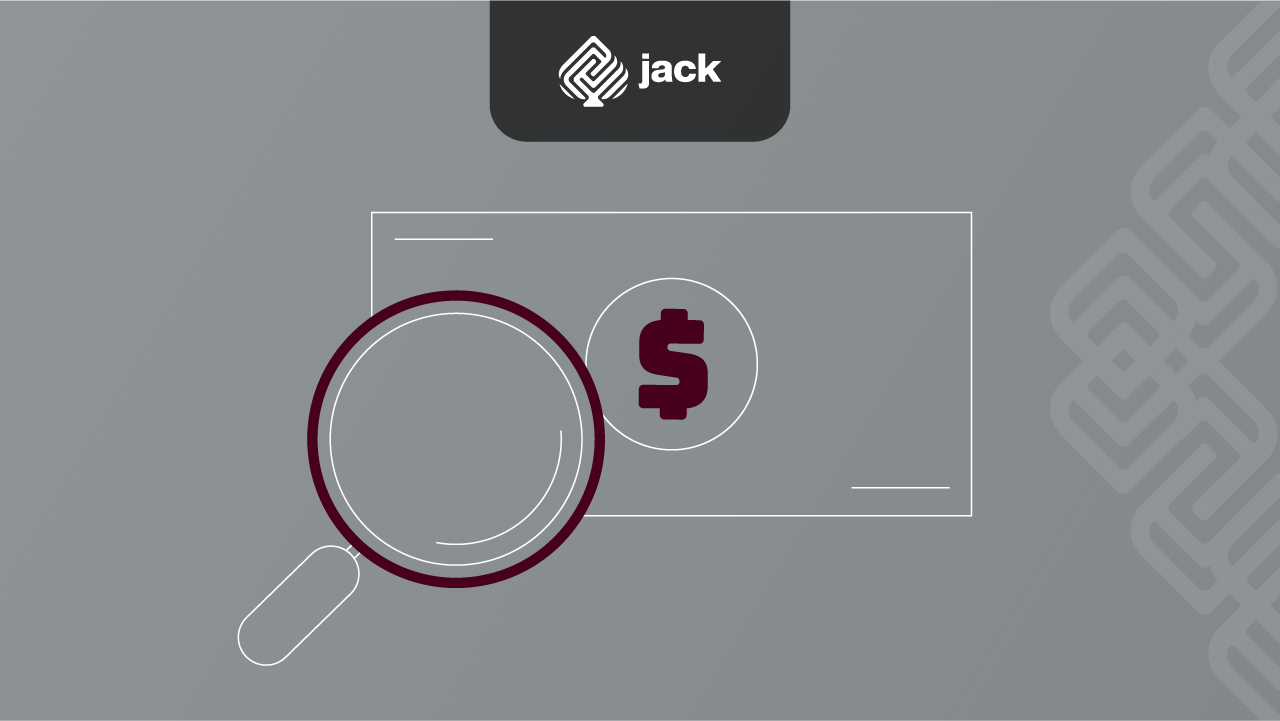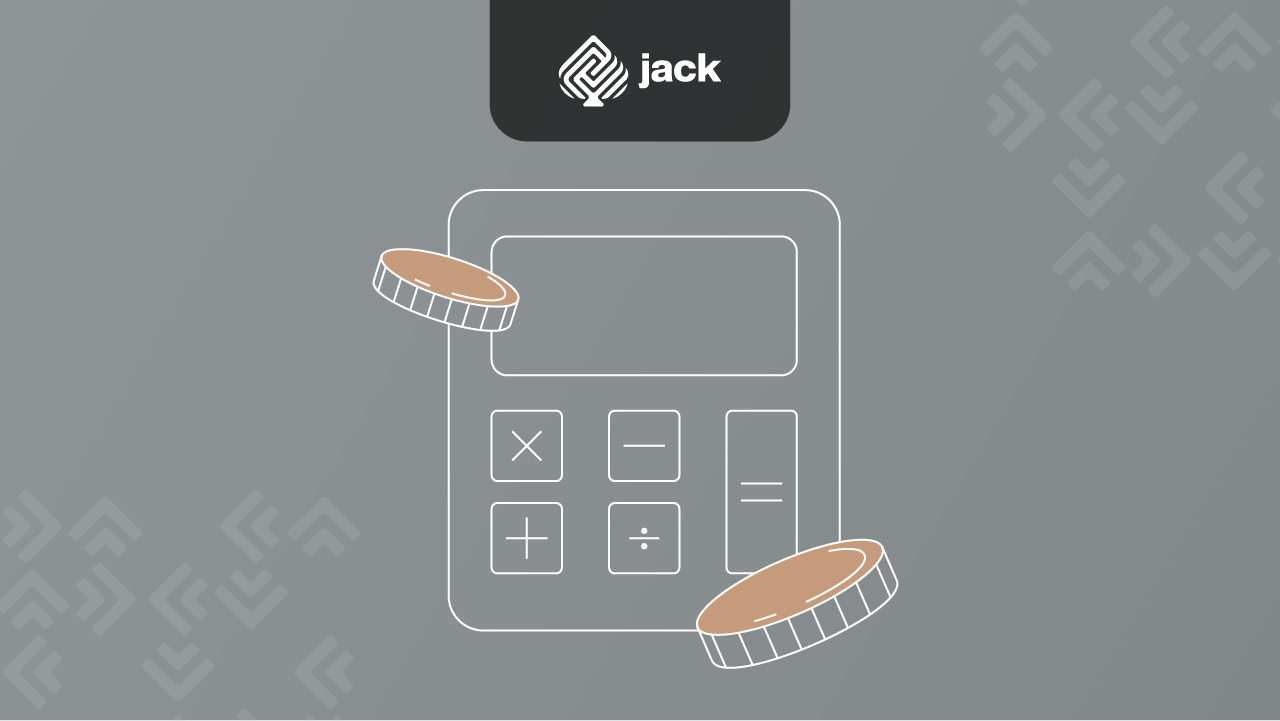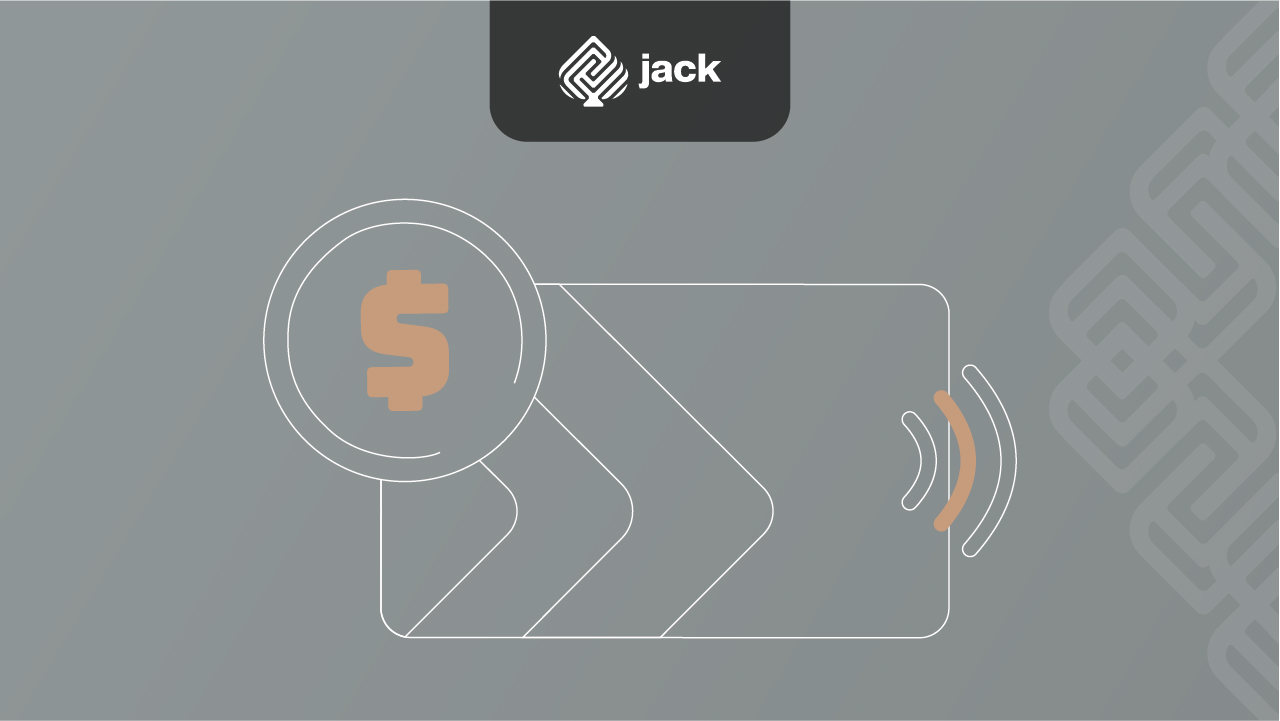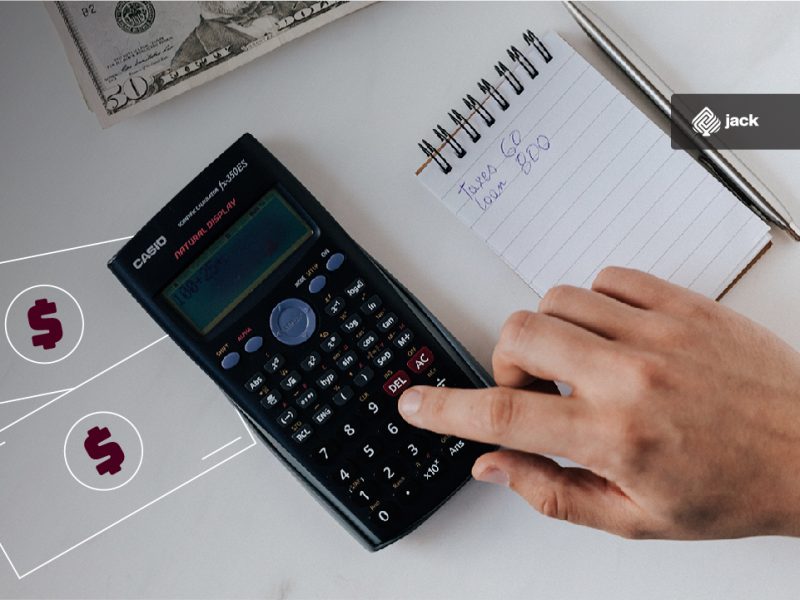When you hear the term “piutang” (receivables), your mind usually goes to debt that needs to be repaid. However, there is a term in business called “Piutang Tak Tertagih” (Bad Debt). It’s important to note that bad debt can significantly affect a business’s cash flow.
Nevertheless, cash flow is the lifeblood of any business. Therefore, anything that disrupts cash flow can endanger the success of the business. Before discussing further, let’s first understand what bad debt is and its methods as follows.
Definition of Bad Debt

Bad debt occurs when someone owes you money but is unable to repay it. The debt becomes worthless because you cannot collect what is owed.
As a result, you write off the debt as uncollectible. For most small businesses, this happens when you extend credit to customers.
For example, you make a sale to a customer worth 800,000. The customer uses store credit and receives the business’s products upfront. After repeatedly trying to collect payment from the customer without success, you realize that their debt has become a bad debt.
See Also: Corporate Credit Card: Definition, Types, Benefits, and How Cards Work for Startups
Creditors can also experience bad debt due to their own actions. If you fail to pay for goods purchased on credit, the vendor will face bad debt. Bad debt can occur for various reasons. Usually, customers may not have the money to pay off their debt.
Additionally, customers may be dissatisfied with your product or service and refuse to pay. Regardless of the reasons, too many bad debts can cripple a business, especially for small businesses.
Criteria for Bad Debt

For bad debts, there are several criteria that you can consider, as follows.
1. The Receivables Have Reached a Certain Age
Every company has policies and rules regarding the ageing of receivables. If the debtor has not paid their debt by the company’s set due date, the company will provide a grace period for the creditor to make full payment.
However, the grace period given by the creditor also has a limit. If the debtor fails to pay within that limit, the creditor can classify it as bad debt.
2. Collection Efforts Have Exceeded Limits
The next criterion for bad debt is when the company has made repeated efforts to collect and remind the debtor, but there is no willingness on their part to make payment.
If the company has exhausted all methods of collection, but the debtor still does not pay, the company needs to classify the debt as bad debt.
3. Creditor Experiences Bankruptcy
A debtor experiencing bankruptcy is also another criterion for bad debt. Usually, there are collateral items involved in the credit transaction made by the consumer.
When the creditor faces problems and is unable to repay the debt, the receivables will seize ownership of the collateral or other assets for sale. This allows the loaned money to be recovered.
Unfortunately, this cannot be done for a creditor who experiences bankruptcy because they have depleted their assets, including money and collateral.
Therefore, the debtor is absolutely unable to pay. If your company has debtors like this, it can be ensured that the debtor’s debt falls under bad debt.
4. Debtor Confirmed as Unable to Pay Due to Specific Events
The final criterion for bad debt is when the debtor experiences certain events that result in the loss of all their assets. Usually, this condition is caused by unintentional events such as natural disasters, fires, floods, and various other occurrences.
See Also: Easier, Automatic, and Real-Time Transactions with API Disbursement
Methods of Bad Debt

Basically, there are two methods of recording bad debt in accounting. The first is the Write-Off method, and the second is the Allowance Method, also known as the provision method.
To understand these methods, let’s explore them in detail below.
1. Write-Off Method
The first method is the Write-Off method. Essentially, this method involves directly removing the debt from the accounts. Under the direct removal method, the bad debt expense serves as a direct loss from the uncollectible debt. Ultimately, it offsets against revenue and reduces your net income.
For example, in one accounting period, a company may have a significant increase in its accounts receivable. Then, in the following accounting period, many customers fail to pay their debts. This results in a decrease in the company’s net income.
Therefore, the direct removal method can only be used for small and immaterial amounts.
2. Allowance for Doubtful Accounts Method
For larger and material amounts, the allowance method is preferred over the direct removal or write-off method. However, many companies still use the write-off method for small amounts.
The reason for this preference is that the allowance method can involve contra-asset accounts that offset against accounts receivable. Contra-asset accounts are essentially accounts with balances opposite to the receivables and are recorded on the balance sheet as follows:
These contra-asset accounts are essential because they do not affect the income statement accounts. In other words, the bad debt expense does not immediately become a direct loss offsetting against revenue.
There are three main components of the allowance method, which you can see below:
- Estimation of bad debt
- Journal entry records debiting bad debt expense and crediting allowance for bad debts
- When you decide to write off an account, debit the allowance for doubtful accounts and credit the corresponding accounts receivable.
Use Jack for your business needs
That’s the explanation of bad debt and its methods. Every fiscal year or quarter, companies prepare financial statements. Having a bad debt expense also helps companies identify which customers are more likely to default on payments than others. Hopefully, this information is beneficial.






